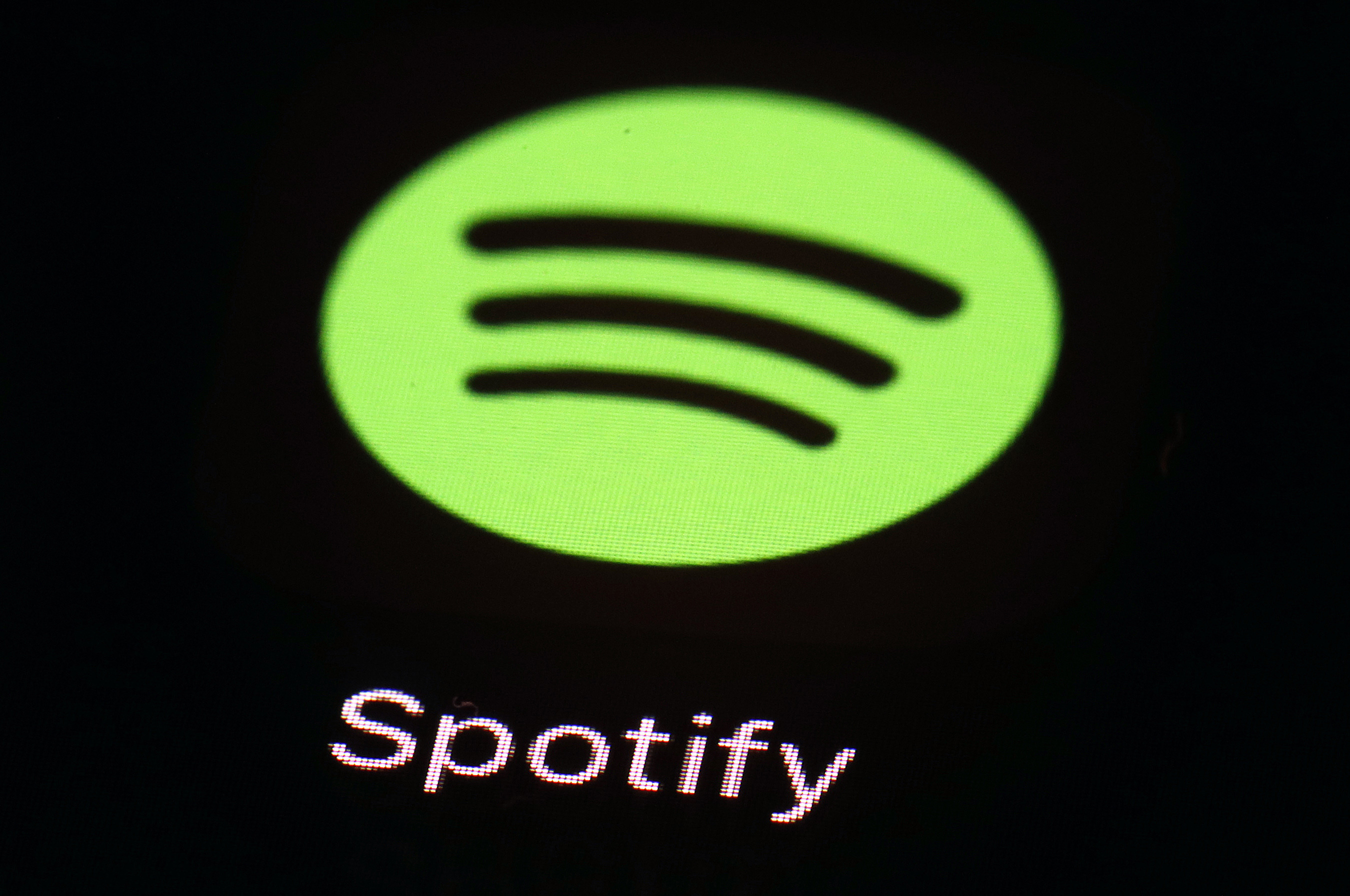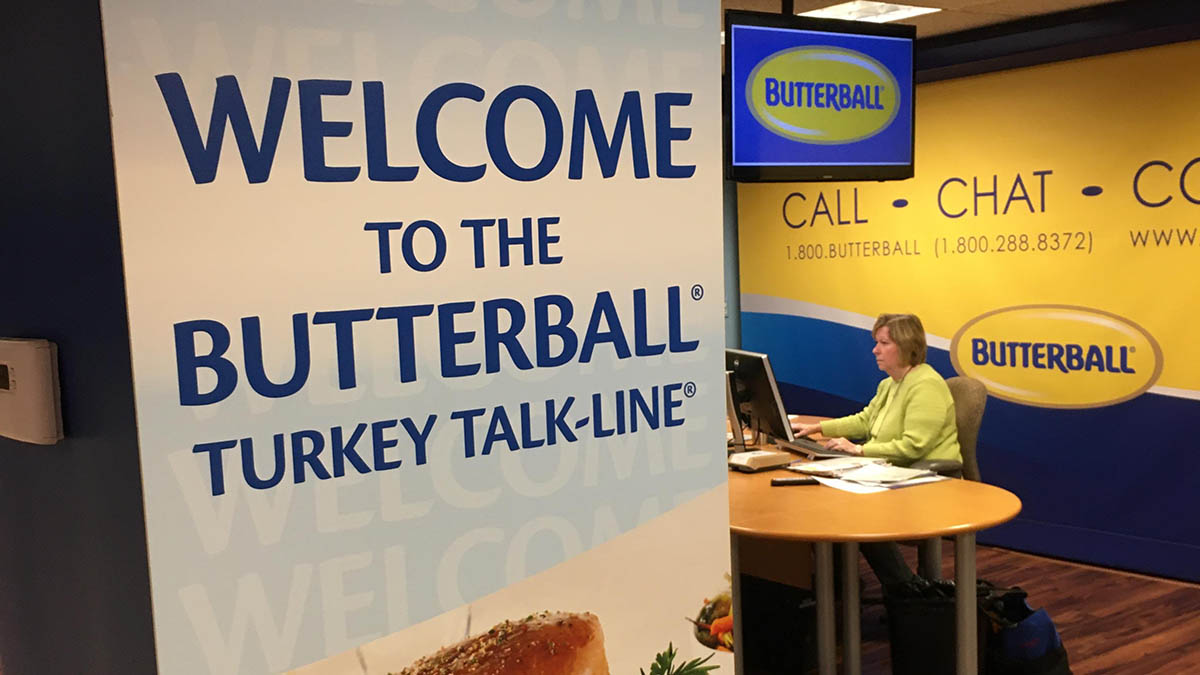Amid a rise in COVID cases and the start of fall allergies, flu and RSV season, experts say testing is an important tool heading into the cooler month.
With more people testing positive for COVID once again, it can be challenging to know if your symptoms are simply seasonal allergies or something more.
Currently, multiple mutations of the omicron COVID-19 variant are making their way through the United States. The Illinois Department of Public Health warned late last month that COVID cases are on the rise in the state.
So when you should test and how often?
Those who have symptoms are urged to take a COVID test as soon as possible, though officials continue to caution that a negative at-home test may not be as reliable as a positive one.
"If your antigen test is negative, take another antigen test after 48 hours or take a PCR test as soon as you can," the CDC states.
Those who don't have symptoms but may have been exposed should wait five days after exposure to take a test, according to the CDC guidance.
News
While many Americans may have unused tests in their homes, it's important to check the expiration dates, experts say.
The Food and Drug Administration has extended the expiration dates of many popular at-home test products, which means some such kits may still be safe to use, CNBC reports. You can check expiration dates for each brand using a page on the FDA's website.
Feeling out of the loop? We'll catch you up on the Chicago news you need to know. Sign up for the weekly Chicago Catch-Up newsletter.
Public health experts have continued to urge people to test, particularly as numbers rise.
But beyond the at-home test kits, lab PCR tests have become more challenging to access - and in some cases more expensive - since the national public health emergency ended in May.
Antigen and PCR testing is still available at major pharmacies, like Walgreens, for example, but out of pocket costs could apply, depending on your insurance provider.



